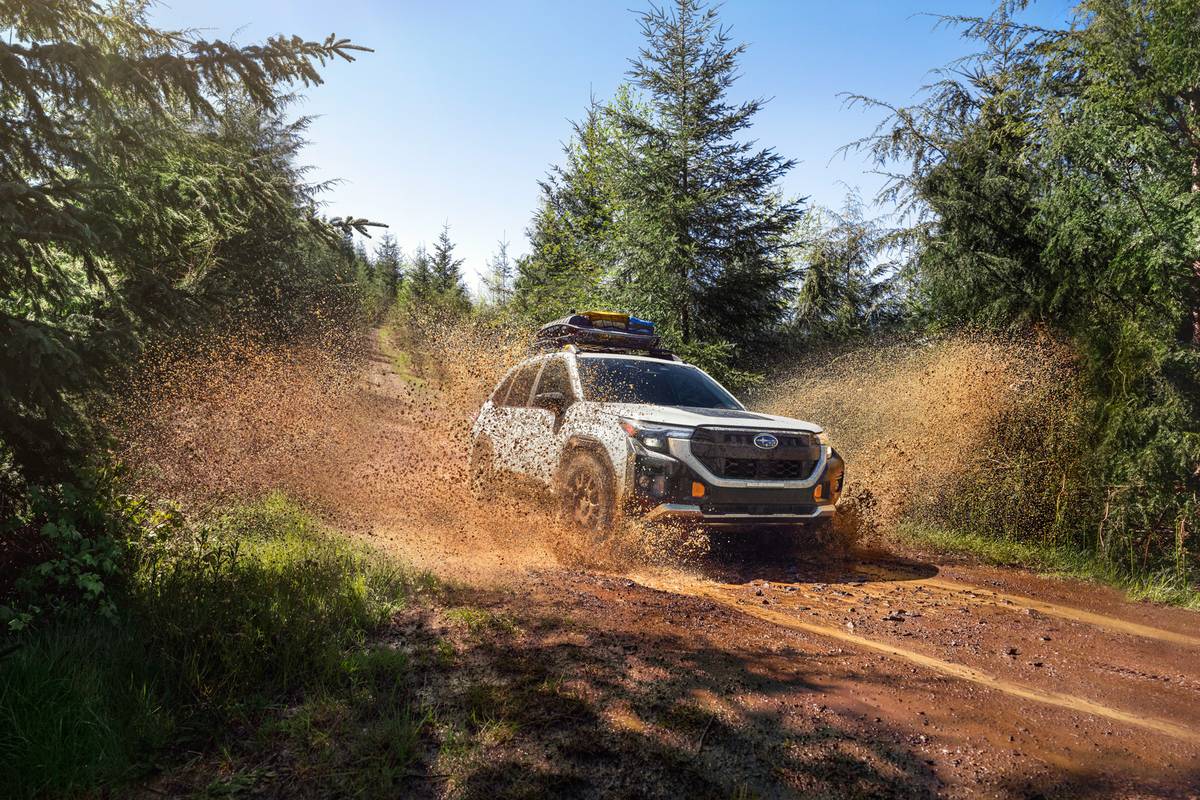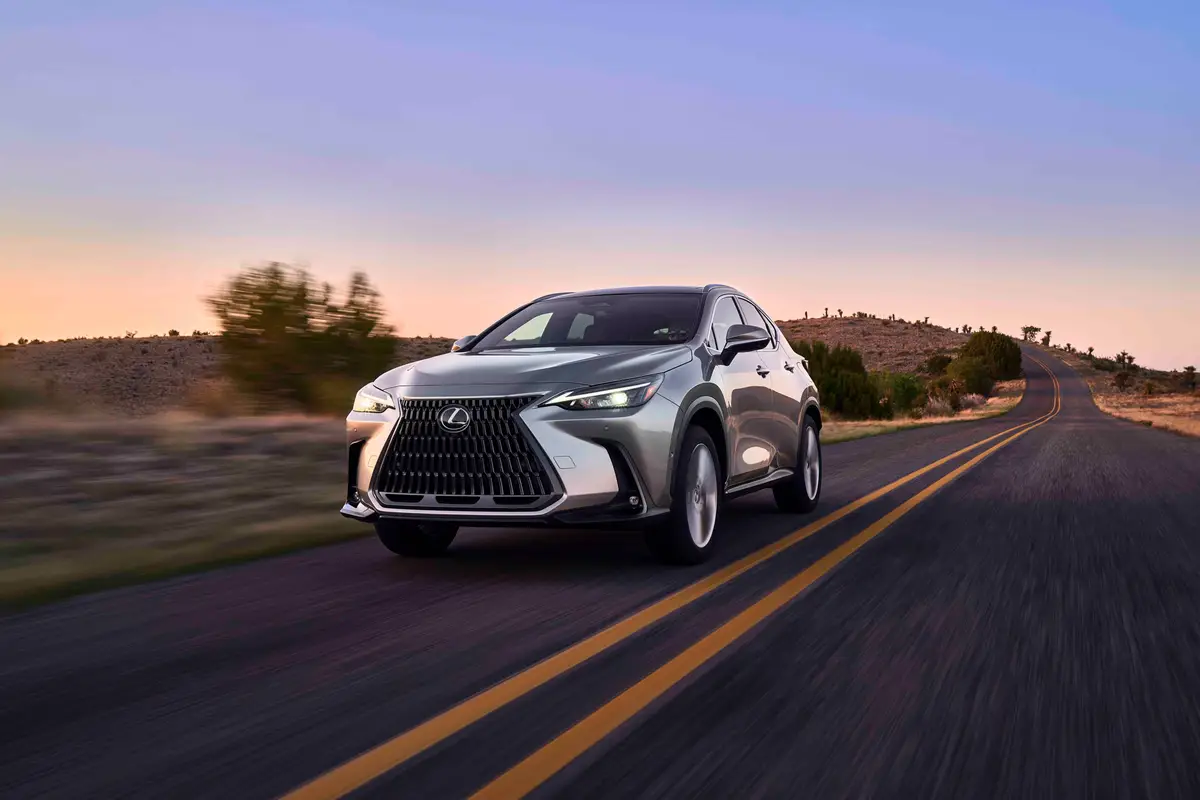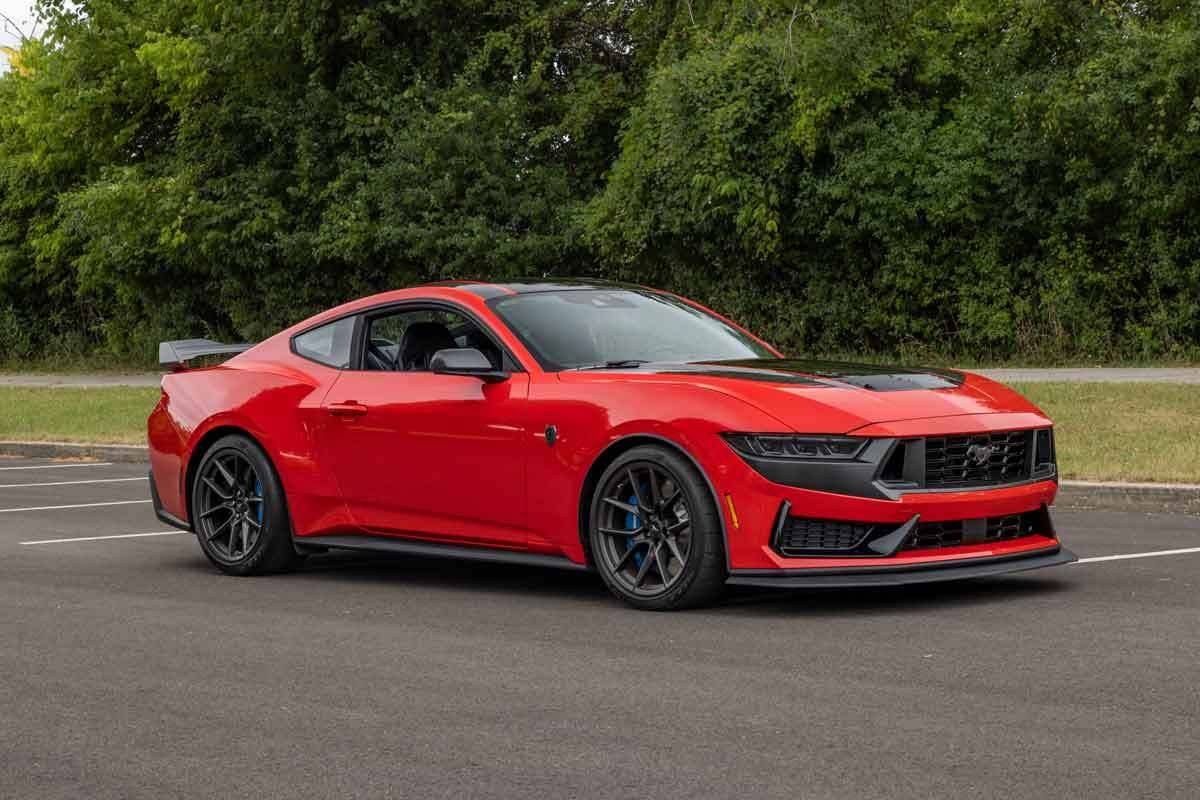Star-Telegram.com's view
The baby Benz is becoming more grown-up.
On Aug. 7, the newest generation of the entry-level Mercedes C-class sedans go on sale as 2008 models, slightly larger than their predecessors, and with more standard amenities.
Prices will begin at $31,975 (including $775 freight) for the base 228-horsepower C300 Sport model.
The top of the line C350 Sport model, with a starting price of $37,275, offers the best performance, thanks to its 268 horsepower and 258 foot-pounds of torque.
In between, for those who prefer comfort over performance, is the C300 Luxury model, beginning at $33,675.
As with many luxury cars, the engine size is readily apparent from the vehicles’ names. The C300 models have a 3.0-liter V-6, while the C350 version has a 3.5-liter V-6. True to their name, the two Sport models come with a sporty six-speed manual gearbox, although a new seven-speed automatic is optional.
And Mercedes’ nifty 4Matic fulltime all-wheel-drive system will be offered in the C300 Sport and Luxury models, although with this option, only the automatic transmission is available.
Mercedes, the German luxury-car maker that is now in the process of shedding its U.S.-based Chrysler division, says the new C-class showcases “aggressive styling and class-leading value.”
The value is certainly there. These cars begin at prices that rival those of high-end versions of non-luxury sedans such as the Honda Accord and Toyota Camry, and are on par with their competitors in the near-luxury segment, including the Lexus IS 250 and 300, Infiniti G35, Acura TL and Cadillac CTS.
They are roomier as well. One complaint that some consumers had about the previous generation was its somewhat cramped interior – particularly in the rear seat. The previous generation was more of a compact than a midsize.
This new version has a body 3.9 inches longer and 1.7 inches wider, with a wheelbase that is 1.8 inches longer. That allows for more passenger space, Mercedes says. The trunk is 4 percent larger, with 16.8 cubic feet of space, among the best in this class.
Mercedes touts what it calls “an impressive list” of standard equipment that comes with even the lowest-priced model.
Among the included features are a power sunroof, eight-way power front seats with lumbar support, dual-zone automatic climate control, 17-inch wheels, Bluetooth hands-free telephone system, a central controller that replaces numerous dash buttons, and an LCD display screen that works in conjunction with the controller.
To some, though, this latter feature might not be considered a plus. Although I haven’t had a chance to test the controller in the new C-class yet, setups such as this can be confusing and especially difficult for the driver to operate while the vehicle is in motion.
One of the worst examples of this is the so-called I-Drive system in several BMW models, which takes the driver’s vision off the road for long periods just to do something as simple as manually tuning the radio.
I’ll reserve judgment on the C-class controller system until after I test it, and in the meantime hope that it’s not as confounding as the ones in the BMWs and some other vehicles I’ve tested recently, including the Range Rover.
Mercedes says special emphasis was placed on comfort, agility and safety in the new C cars.
The safety features are expected by consumers, especially in this class of vehicle. To that end, the new cars have four-wheel antilock disc brakes, six air bags, traction control and electronic stability control. Active front head restraints are included, as well. They’re designed to move forward nearly two inches and up about an inch in the event of a rear-end impact, helping to support the head and reduce the possibility of neck injuries, Mercedes says.
Among the air bags are front seat-mounted bags and side-curtain bags for front and rear outboard passengers.
The car seats five, with two in the front buckets and three in the rear bench.
Even with the increased interior space, however, it’s much more comfortable with just two adults in the back seat.
Styling has changed, although I wouldn’t call it a dramatic re-do. It’s more subtle than stark, but some cues from the flagship S-class sedans have been appropriated for the C-class, and this helps make the new car more classy.
“With a nod to the recently introduced S-Class sedan, the look of the new midsize C-class reveals the latest Mercedes design idiom that’s characterized by an edgy interplay of taut lines and wide, rounded surfaces,” the company said in an announcement about the new models.
As for agility, Mercedes said that it has reworked the suspension and steering to make the vehicle handle better. Because I have not had a chance to drive the cars yet, I’ll reserve judgment here.
Those who want the sportiest driving experience will appreciate the manual gearbox, something I would expect more in a BMW than a Mercedes, where in the past the emphasis has been more on comfort than performance.
The Sport models are “AMG-inspired,” Mercedes says, referring to the more-expensive AMG-badged performance variants that have been offered for many different Mercedes models, usually at quite a premium price.
The Sport models come with a three-pointed star in the grille, a design cue usually reserved AMG coupes and convertibles, Mercedes said. These models also come with AMG cladding, which the company describes as “deeper front and rear aprons as well as under-door rocker panels.”
Among the special features of the Sport models are twin-spoke, staggered-width, 17-inch wheels; sport shocks, springs and stabilizer bars for crisper handling; and a ride height that is more than a half-inch lower than that of the Luxury model.
Also, in place of the Luxury model’s four-spoke steering wheel, Sport models come with three-spoke steering wheels.
The burl-walnut interior trim of the Luxury model is replaced by aluminum in the C300 Sport and black maple in the C350, the automaker said.
The all-wheel-drive system is designed for all road surfaces, wet or dry, so people in the Sun Belt should not consider it a waste of money. It can help the vehicle hold the road on curves, and it adds just 145 pounds to the car’s weight. That makes its impact on fuel economy negligible.
A redesigned instrument panel includes new analog gauges, including speedometer, tachometer, fuel level and coolant temperature.
A driver-information center that reads out in the center of the speedometer is controlled by buttons on the steering wheel.
Features of this system include distance-to-empty, engine oil level, phone and audio system information, or even the playlist of an attached iPod (it’s assumed that most Mercedes owners also have iPods).
A navigation system is optional, and includes a five-inch color dispay in the center of the dash.
But when using it for turn-by-turn navigation, the directions for the next turn are displayed in the center of the speedometer. This is a nice feature that helps keep the driver’s focus straight ahead.
The Bluetooth phone feature allows for hands-free communication using your own cell phone, which can remain in a purse or pocket while being used, Mercedes said. An eight-speaker, 100-watt audio system with a single-disc CD/MP3 player is standard.
Optional is a 450-watt harman/kardonÖ audio system with Dolby surround sound. It has 12 speakers, including a sub-woofer.
Another neat option is the MusicRegister, which is part of a multimedia package. This system can transfer music from compact discs to the onboard four-gigabyte hard drive.
Latest news



